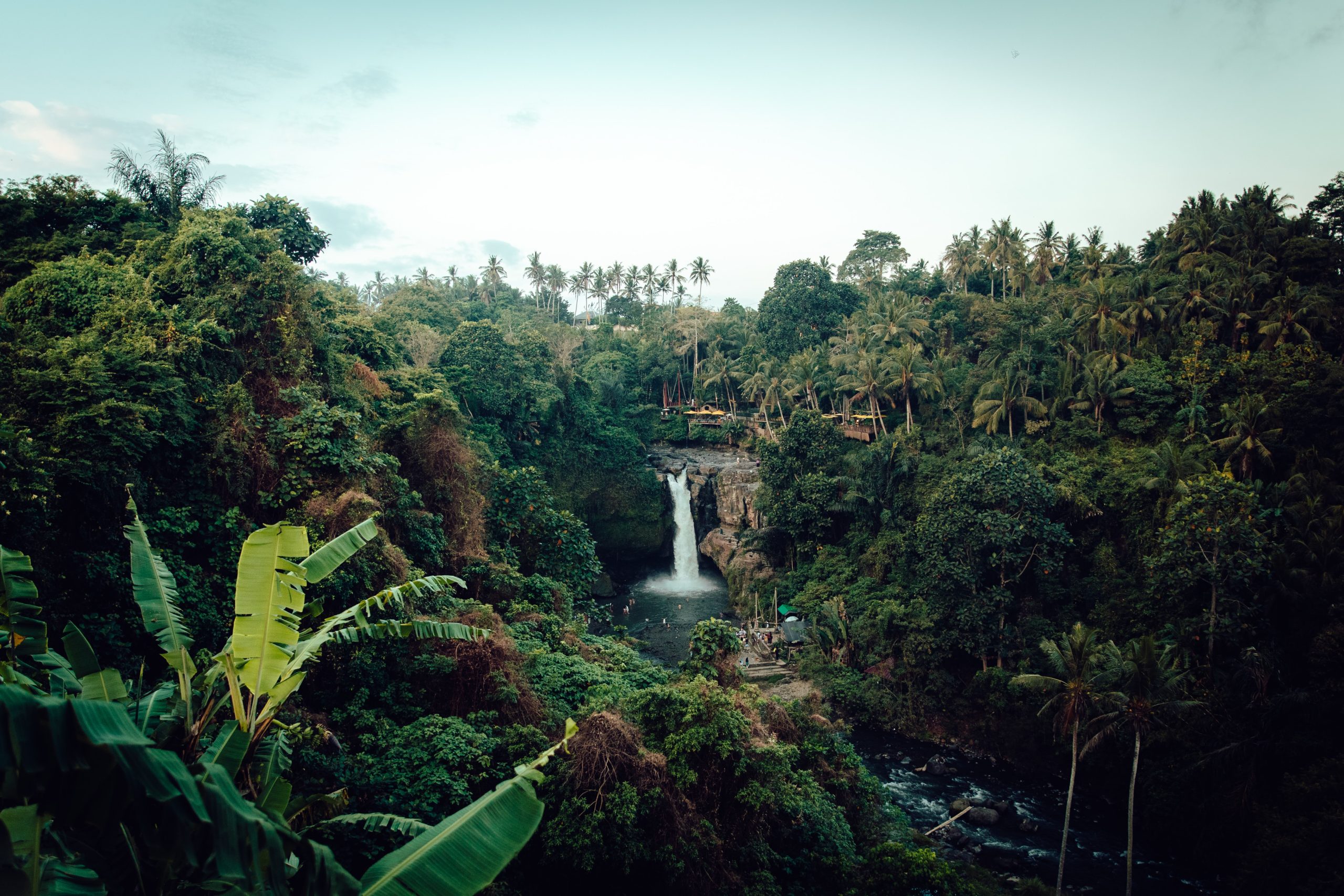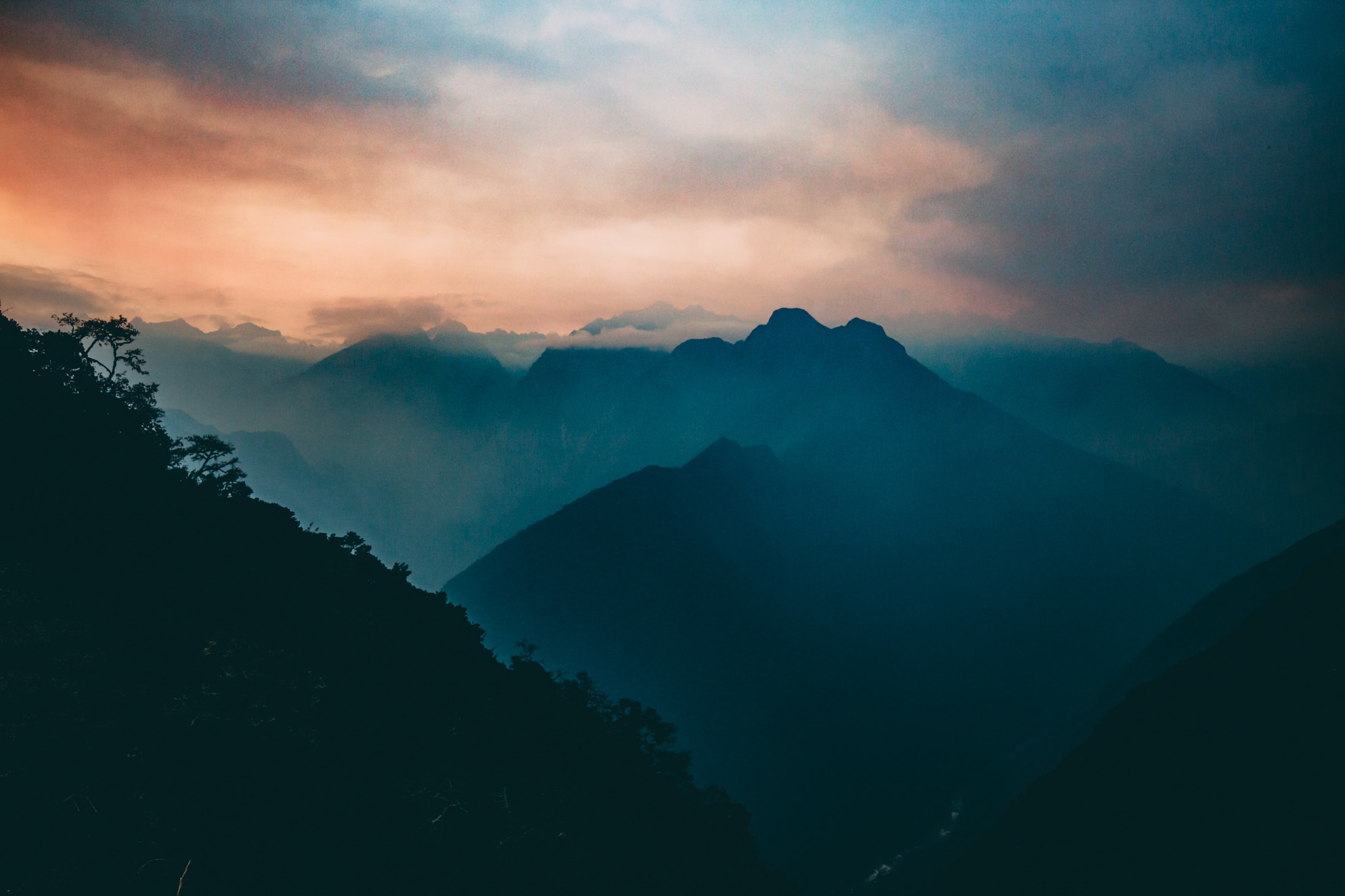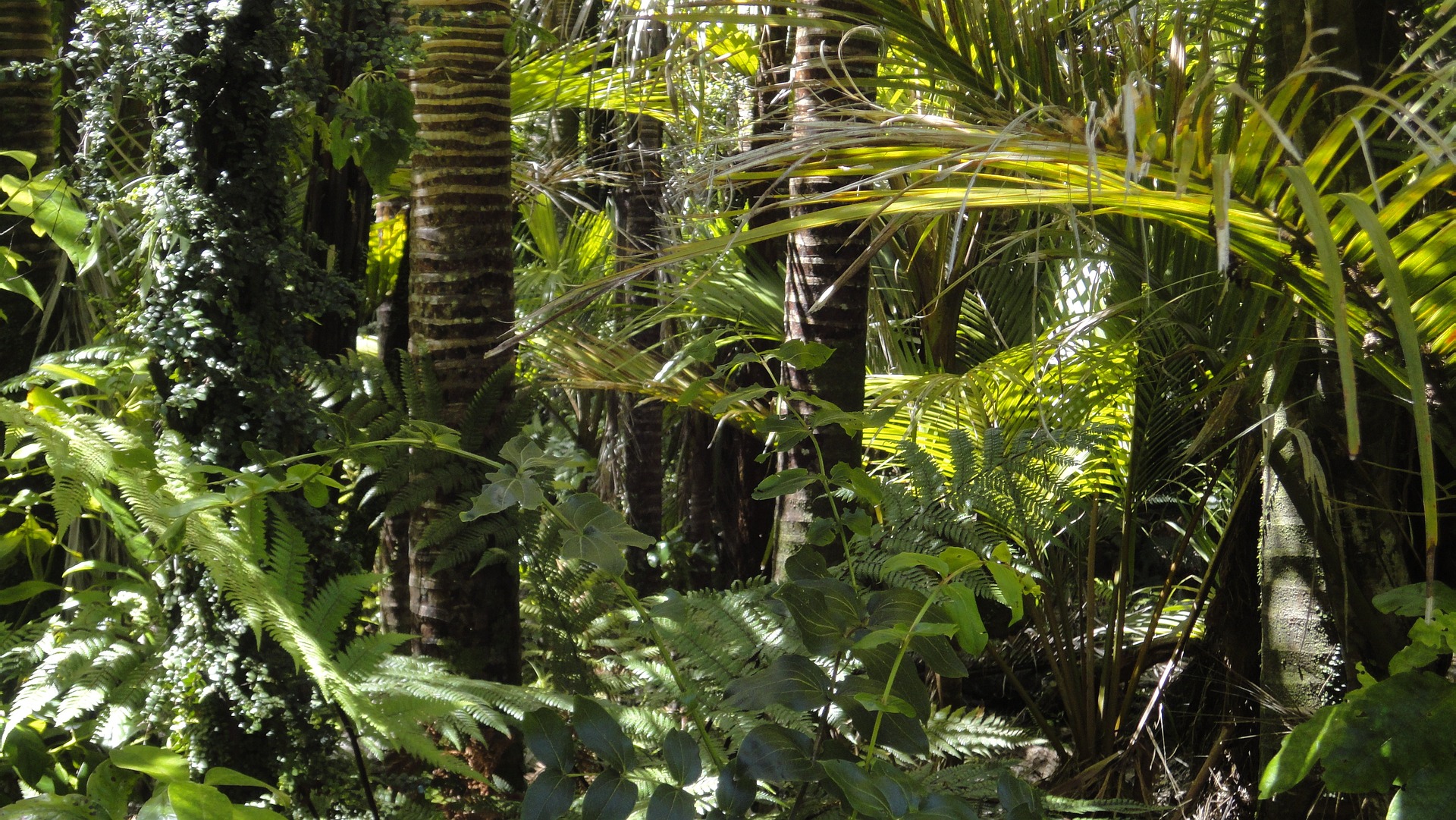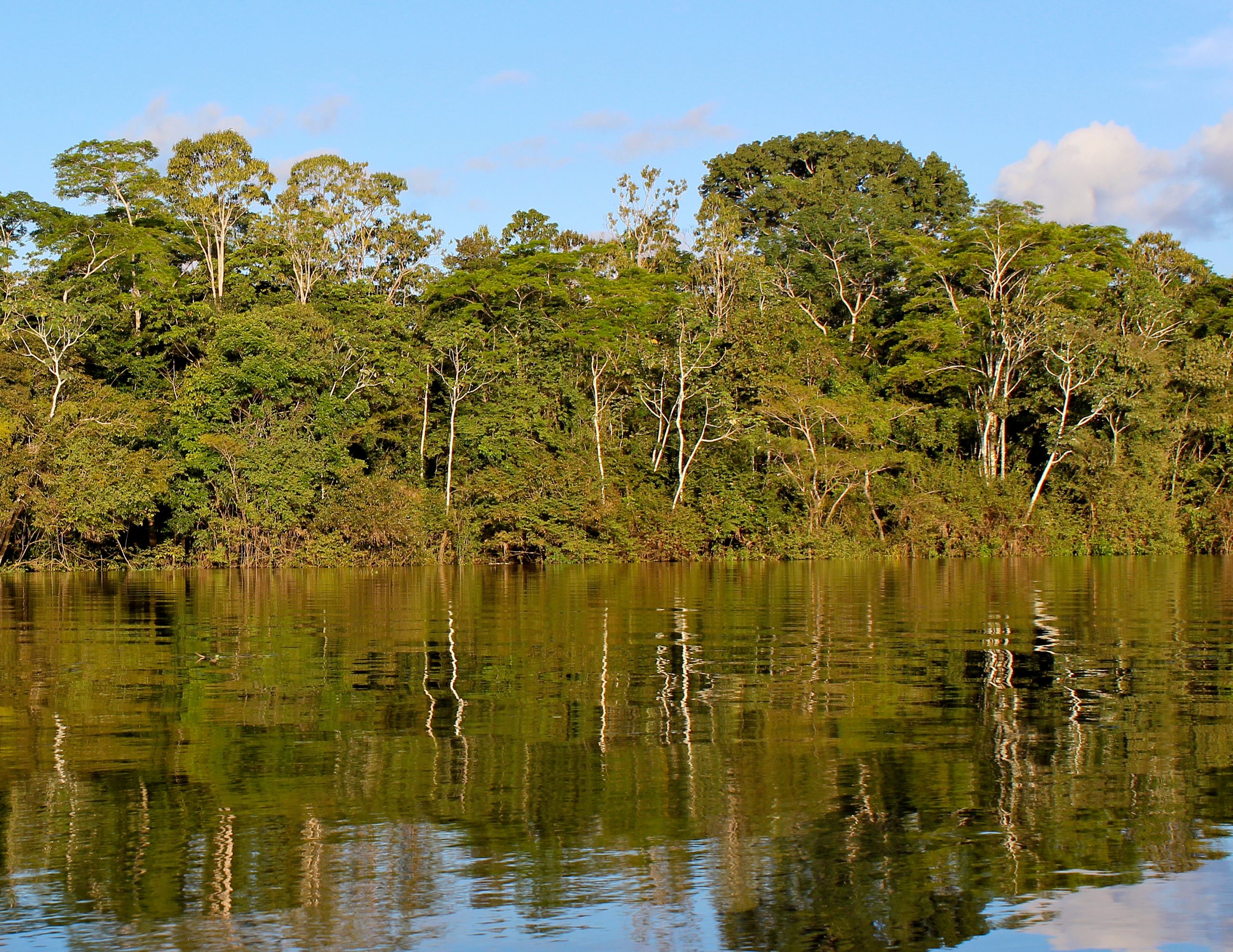Amazon Rainforest: Threats and Potentials

The Amazon Rainforest is one of the most precious natural systems in the world. But how can we protect it?
Billboard
Skyscrapper
Halfpage
The Amazon Rainforest is one of the most precious natural systems in the world. It accounts for more than half the total volume of rainforests in the world, but at the same time, deforestation puts it under threat. But how can we protect it?
Part of the biggest rainforest in the world
The Amazon Rainforest covers much of Brazil and Peru as well as parts of Guyana, Colombia, Ecuador, Bolivia, Suriname, French Guiana, and Venezuela. Its river basin is the world’s largest drainage system, supporting the biggest rainforest of the world. The lush canopy of the Amazon has an incredible diversity of species. It also has an important cooling effect on the planet with trees channelling heat high into the atmosphere. On top of that, the forest also absorbs and stores CO2 from the atmosphere.

Consequences of deforestation
However, deforestation of the Amazon Rainforest has been occurring at alarming levels for several decades now. Between August 2021 and July 2022, an area of around 11,000 square kilometres was cut down. Most deforestation occurs due to cattle ranching for beef and leather production. Cutting and burning trees releases CO2 back into the atmosphere, not to speak of the loss of habitat and biodiversity.
If deforestation of the Amazon Rainforest continues at current levels, the world could be headed for disaster. The region would become drier and drier, losing its capacity to absorb around a fourth of the world’s CO2. Already, the forest absorbs 30% less than in the 1990s because of deforestation. Dry forests are susceptible to fires and other natural disasters like species extinction.
Deforestation on the move
Land speculation and agricultural expansion are the biggest threats to the Amazon Rainforest. The forest and its freshwater systems are fragile and already at risk, which deforestation intensifies. Land prices are a major problem: They can increase up to tenfold once the forest cleares, leading to both legal and illegal deforestation.
Global demand for beef and soy is increasing, which also leads to deforestation to create space for cattle grazing pasture and cropland. These large industries often displace small farmers, forcing them to clear forests to sustain themselves. In the Brazilian Amazon, cattle pastures occupy around 80% of deforested areas. In Colombia and Bolivia, cattle ranching is also a major driver of deforestation.
Poorly planned infrastructure
Apart from the loss of forest, cattle farming can also lead to pasture runoff which contaminates rivers. And the fire used to manage fields often spreads into the remaining forest areas. Overall, deforestation contributes directly to climate change through the loss of trees with their cooling and filtering effects, as well as through the release of CO2 that is stored in the forest. At the same time, mining for gold and drilling for oil are further reasons for environmental damage in the Amazon Rainforest.
Another threat to the rainforest is poorly planned infrastructure. For example, new roads can expose previously inaccessible areas of forest to illegal and unsustainable deforestation. Unplanned settlements and agricultural expansion could also be consequences of poorly planned streets. And with hydropower supplying energy to the area, dams are another threat to the forest. They disrupt rivers, block aquatic species, and interfere with subsistence and commercial fishing.
A healthy rainforest sustains a healthy planet
But there are many countries that make an effort to stop deforestation. Brazil in particular is responsible for a lot of the Amazon’s deforestation, but is now making strides to reduce this practice. Destruction of the forest has decreased from around 20,000 square kilometres per year in the late 1990s to around 5,200 square kilometres per year in recent years. Fighting illegal deforestation is one of the biggest challenges.
Overall, the Amazon Rainforest covers around 7,000,000 square kilometres, covering nine nations and 3,344 official indigenous territories. At 60%, the majority of the forest is in Brazil, followed by Peru with 13% and Colombia with 10%. Efforts to protect the estimated 390 billion individual trees and 16,000 species also impact the 30 million of 350 different ethnic groups living in the amazon. They rely on nature’s natural bounty for food, shelter, and livelihoods. The waterways are important transport links.
Considering that the Amazon contains about one in ten known species on Earth, half of the planet’s remaining tropical forests and 20% of the world’s liquid freshwater, there is a clear link between the health of the rainforest and the health of the planet.

Stopping deforestation of the Amazon Rainforest
There are many ideas for how to protect the Amazon Rainforest. For example, protected areas similar to national parks can support the forest, protect species, and support local livelihoods. In Colombia, the “Heritage Colombia” initiative protects 79 million acres of ocean and forest. This will help the country to achieve its forest conservation goal and its target to protect 30% of its ocean by 2030.
Peru’s government is leading efforts to permanently protect around 41 million acres of the Peruvian Amazon, thus securing 7.5 billion metric tons of carbon. This initiative will benefit 1.4 million people who depend on the rainforest for food, medicines, and clean energy. It will also increase the country’s resilience to climate change.
Organisations such as the WWF are also active in the Amazon Rainforest. Their initiatives like the Soy Roundtable aim at improving the sustainability of farming practices and banning the conversion of Amazon forests to soy. Similarly, there are efforts to create standards for the beef industry and the logging industry that will increase efficiency, reduce waste, and stop deforestation.
Energy scenario planning is also important in the Amazon Rainforest, since hydropower dams can have drastic effects when poorly planned. Low-carbon, low-cost, and low-conflict energy sources can help to minimise impacts on people and nature. Importantly, the sites for energy infrastructure must be chosen well.

30% protection of the Amazon Rainforest by 2030
In 2022, the world agreed on the thirty-by-thirty goal, which means conserving 30% of terrestrial and marine habitat by 2030. To stop deforestation in the Amazon Rainforest and ensure a sustainable future for this crucial natural resource, further efforts to reach at least the 30×30 goal are necessary. Under re-elected president Luiz Inácio Lula da Silva, Brazil has committed to end deforestation by 2030. The Amazon Fund is there to support this effort. Recently, Biden’s administration has promised to contribute 500 million USD over the next five years to support Brazil’s goal.
While there are many political and economical interests at play, the main consideration should be the importance of the Amazon Rainforest in stopping climate change. By protecting the existing forest and by reforesting areas surrounding it, this green lung can once again live up to its full potential. And other rainforests around the world could even learn from it.
The COP15 Biodiversity Conference in Montreal in December 2022 was key for the 30×30 agreement.












